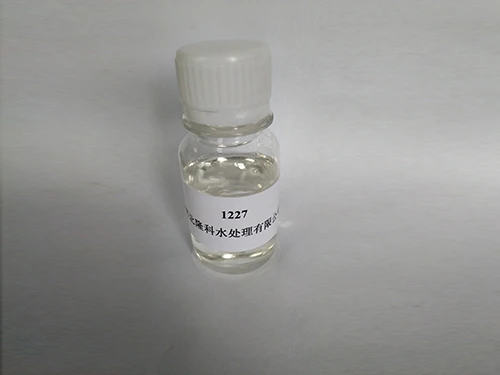Effective Techniques for PAM Water Treatment and Its Benefits in Water Purification
PAM Water Treatment Revolutionizing Water Purification
Water is an essential resource for life, and its treatment is a critical element in ensuring public health and environmental sustainability. In recent years, the utilization of Polyacrylamide (PAM) in water treatment has gained attention for its effectiveness in improving water quality and efficiency in various applications. PAM is a synthetic polymer that has proven to be a valuable tool in water purification, particularly in processes involving flocculation, sedimentation, and sludge management.
The Role of PAM in Water Treatment
PAM is primarily used as a flocculant, which means it helps particles in water clump together to form larger aggregates, or flocs. This process is essential for removing suspended solids, colloids, and impurities from water sources. When added to a filtration system, PAM binds with particles and enhances sedimentation, making it easier to separate solids from the water. This can significantly reduce the turbidity of water, ensuring that it meets safety standards for consumption and environmental discharge.
Applications in Various Industries
PAM has a wide range of applications in different sectors, including municipal wastewater treatment, industrial processes, and even in agriculture. In municipal wastewater treatment plants, PAM is used to facilitate the removal of contaminants, helping to purify water before it is released back into the environment. Its effectiveness in reducing solids can lead to lower operational costs and improved efficiency in treatment processes.
In industrial settings, where large volumes of wastewater are generated, PAM plays a crucial role in managing effluents. Industries such as mining, paper production, and textiles often deal with high levels of suspended solids. The introduction of PAM into these processes not only aids in clarifying water but also enhances the recovery of valuable materials, thus promoting a circular economy.
pam water treatment

In the agricultural sector, PAM is often employed to improve water infiltration and reduce soil erosion. When applied to irrigation systems, it can help retain soil moisture, leading to better crop yields while minimizing water usage. This application illustrates the versatility of PAM in promoting sustainable practices across various sectors.
Environmental Impact and Safety Considerations
The adoption of PAM in water treatment presents several environmental benefits. By improving the efficiency of water purification processes, PAM reduces the consumption of chemicals and energy typically required in conventional treatments. Moreover, its ability to enhance the removal of pollutants can lead to improved water quality in natural water bodies, thus benefiting aquatic ecosystems.
Despite its benefits, there are safety considerations regarding the use of PAM. The polymer itself is generally considered non-toxic; however, its production and application must be managed to prevent any potential environmental impact. Careful monitoring of PAM concentrations in treated water is essential to ensure compliance with regulatory standards. Additionally, ongoing research is focused on understanding the long-term effects of PAM residues on ecosystems and human health.
Future Prospects
As the world faces increasing water scarcity and pollution challenges, innovative solutions like PAM-based treatments are becoming more critical. The development of environmentally friendly alternatives to conventional treatment methods is at the forefront of research. Advances in nanotechnology and bioengineering could enhance the efficacy of PAM and explore its potential in more diverse applications.
In conclusion, PAM water treatment offers a promising avenue for improving water quality while promoting sustainable practices. Its versatility across various industries, combined with its effectiveness in flocculation and sedimentation, makes it an invaluable asset in the quest for cleaner water. As research and technologies evolve, PAM will likely continue to play a pivotal role in addressing global water challenges and safeguarding this precious resource for future generations.
-
Understanding Polycarboxylic Acids: Properties, Applications, and Future PotentialNewsJul.28,2025
-
Scale Inhibitor Explained: How to Protect Your System from Limescale and Hard Water DamageNewsJul.28,2025
-
Scale and Corrosion Inhibitors: Essential Chemicals for Industrial Water System ProtectionNewsJul.28,2025
-
Polyaspartic Acid: A Biodegradable Polymer for Sustainable ChemistryNewsJul.28,2025
-
Isothiazolinones: A Versatile Antimicrobial Class with Industrial Power and Regulatory ChallengesNewsJul.28,2025
-
A Deep Dive into 2-Phosphonobutane-1,2,4-Tricarboxylic Acid (PBTC)NewsJul.28,2025





